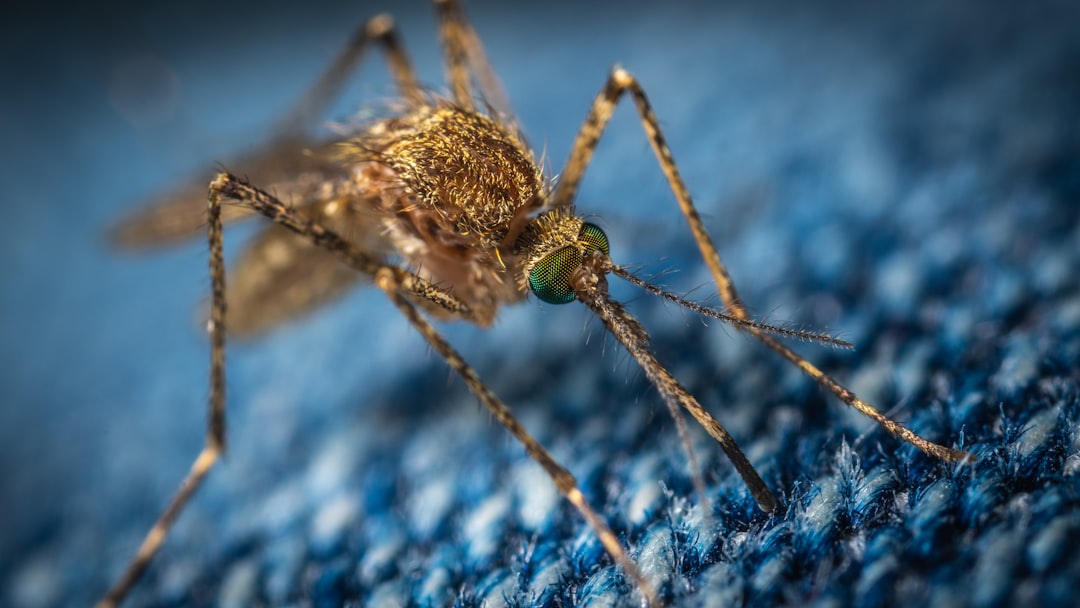What is it about?
We analysed over 30 climate change experiments using 13 state of the art climate simulators which were built by hundreds of scientists over many years. We split up the world's land and ocean into the wettest regions (heaviest rainfall) and the remaining drier regions (least rainfall) and compared the simulated changes in rainfall with measurements from rain gauges and satellites. There was a clear tendency for the heaviest rainfall regions to become wetter while the remaining regions with less rainfall tended to experience less rainfall over time for the current period and out into the future. Observations and detailed computer simulations of the climate show reductions in rainfall over the drier tropical land regions (including parts of Africa and Australia) over the 20th century. However, natural climate variability linked to El Niño explains large year to year fluctuations in tropical rainfall and also discrepancies between simulations and measurements. Simulations of the future indicate that the wet and dry seasons will become more extreme as the world warms in response to rising greenhouse gas concentrations.
Featured Image
Why is it important?
Changes in the availability of fresh water can strongly impact societies and the ecosystems upon which they depend. These findings indicate that the heaviest rainfall is likely to become heavier which could cause more damage to infrastructure from flooding for example. Drying of already dry regions means that droughts may become more intense in the future.
Perspectives
Combining observations with computer simulations we find evidence that the wet and dry season will become more extreme as the planet warms in response to increasing greenhouse gases caused by human activities. Because weather patterns determine where the wettest regions are each month and year, there will continue to be variability from one year to the next in terms of the locations of the extremes. However, our research indicates that when very wet seasons occur they will be even wetter while very dry seasons may become more severe still as climate changes.
Professor Richard P Allan
University of Reading
Read the Original
This page is a summary of: Observed and simulated precipitation responses in wet and dry regions 1850–2100, Environmental Research Letters, July 2013, Institute of Physics Publishing,
DOI: 10.1088/1748-9326/8/3/034002.
You can read the full text:
Resources
Contributors
The following have contributed to this page










